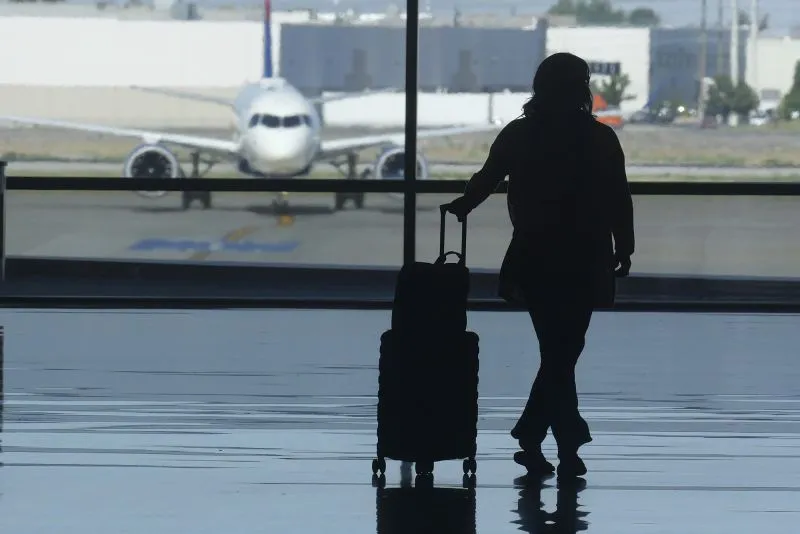Frequent Flyer Programs: The Economic Backbone of Airlines

Frequent Flyer Programs: The Financial Engine of Airlines
Frequent flyer programs have become vital for airlines as they significantly contribute to their revenues. Banks invest billions, purchasing bulk miles to attract cardholders via credit card rewards. This revenue stream provides a substantial profit margin which is critical for sustaining airline operations.
The Numbers Behind the Flights
- Delta Air Lines: $6.8 billion from co-branded credit cards.
- American Airlines: $5.2 billion in similar revenues.
- United Airlines: $3.2 billion linked to their frequent flyer program.
In an industry where profit margins are historically low, the financial benefits from these loyalty programs make them indispensable. However, the Department of Transportation is now scrutinizing these programs to protect consumer interests, necessitating transparency and fairness.
Do These Programs Benefit Passengers?
While frequent flyer programs do offer significant value to consumers, caution is advisable. It's essential for consumers to manage their credit card usage wisely to reap the benefits without incurring high interest. The overall value of the mile only averages around 1.2 to 1.3 cents, so consumers should ensure they’re not being charged excessive mileage when redeeming for tickets.
The intricate relationship between frequent flyer programs and airlines is clear; these programs are crucial for both profitability and customer loyalty. Understanding this dynamic is vital as the industry navigates regulatory challenges and evolving marketplace demands.
This article was prepared using information from open sources in accordance with the principles of Ethical Policy. The editorial team is not responsible for absolute accuracy, as it relies on data from the sources referenced.